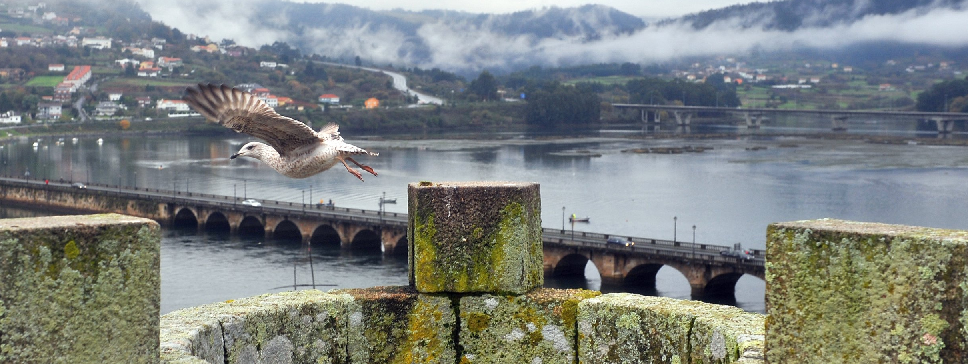Cities & Towns most popular

Villages of the Camino de Santiago
Today the Camino de Santiago is no longer just a phenomenon of religious pilgrimage as understood by medieval walkers and worshipers, if not a huge path that extends throughout the Iberian Peninsula (and beyond) covered with many different reasons , Such as the desire for improvement, sport or the search for peace, just to name a few. However during all these centuries, if anything has continued to maintain the enormous influence of the Jacobean routes in the villages of the Camino de Santiago, which have determined its growth, history, commerce, prosperity and even its architecture.
Both in northern Spain, Portugal and France, we find a great number of beautiful villages whose existence even today can not be explained without the Camino de Santiago. Many are beginning or end of a stage in routes such as the French Way, the Portuguese Way, the Primitive Way or the Northern Way and others are simply passing villas, but all are intimately related to the pilgrim, a figure that for centuries Sheltered from the cold, fed, and protected from the perils of thieves. Since the Middle Ages all these peoples have flourished under the protection of the Camino de Santiago, and with the resurgence of the Jacobean route from the end of the twentieth century today many find in the phenomenon of pilgrimage a way to continue to thrive.
What you'll find on the Camino
Among the villages on the Camino de Santiago, there are some very important historical villas, although in the history of the Jacobean routes, many of them are related to the French Way, such as Puente la Reina, in Navarra, where the two pilgrimage routes that cross from France, or Estella, with its important historical-artistic heritage. Also in Navarre we find a small town, but with a long history, strongly related to the Camino de Santiago: Roncesvalles, and already in La Rioja we find localities like Nájera or Santo Domingo de la Calzada, arisen around the figure of this saint, who dedicated His life to facilitate that of the pilgrims.
The Castilian provinces of Burgos and León are also intimately related to the history of the Camino de Santiago, and some of its towns are a living legend of the routes of Santiago, such as Hornillos del Camino, Castrojeriz, Sahagún or the imposing Astorga, with a great heritage, always Full of pilgrims and even with three hostels to accommodate them. To conclude, we can not forget Galicia, where the end of the Camino is already approaching for the pilgrim and region more strongly tied to the Jacobean Route, very rooted in history and popular Galician traditional.
Unforgettable is the passage through O Cebreiro, in Lugo, that penetrates the pilgrims in Galicia, or Ribadeo that does the same, but for the walkers that arrive by the Northern Way, while Tui welcomes those of the Portuguese Way. Nor do we forget the popular Sarria, from where today many pilgrims depart to be able to achieve the minimum for the compostela or of the last towns of the Way, like Triacastela, Arzúa, Palas de Rei, Pedrouzo and at last Santiago de Compostela, the end of the Trip for the great majority of pilgrims, less for those who decide to go further and touch the Atlantic with the fingers in Finisterre or Muxía.
Routes
Blog
 How to get to Sarria to do the Camino de Santiago
How to get to Sarria to do the Camino de Santiago
 Descubre la magia del Camino de Santiago Portugués por la costa
Descubre la magia del Camino de Santiago Portugués por la costa
 5 tours culturales que puedes hacer en Galicia si decides hacer un alto en el camino
5 tours culturales que puedes hacer en Galicia si decides hacer un alto en el camino
 Doing the Camino de Santiago in June: What you should know?
Doing the Camino de Santiago in June: What you should know?
Information
Points of interest
Cities & Towns | Hostels | Lodgings | Restaurants | Saddlery | Doctors | Points of interest | Bikes workshop
Contact us | Privacy policy | Cookies policy | | Terms of use | Authorship | Web Map | Consentimiento
© Copyright LA VOZ DE GALICIA S.A. Polígono de Sabón, Arteixo, A CORUÑA (ESPAÑA) Inscrita en el Registro Mercantil de A Coruña en el Tomo 2438 del Archivo, Sección General, a los folios 91 y siguientes, hoja C-2141. CIF: A-15000649
Developed and managed byHyliacom